|
Opening: I have aimed to move my "free" essay like posts to another blog site. I'm thinking these freely associating streams of phenomenological experience and claims to knowing may not be suited for the front of "Buffalo Horticulture." But. All work on "Collaboration" stays to the fore as it is part of understanding Buffalo Horticulture's work, method, and ideas on how landscapes are put together. So. Onward. 1. Sometimes, when trying to describe or explain "a something" you need to kind of dance about it or try and circle around the idea as there isn't any one simple way to say or articulate this thing imagined or conceptualized. So. Here to follow will be a dance in bits and pieces. A mapping out of an idea hopefully you can follow to the center. 1. "Collaboration" we may see root forms: Col - labor - ation. The prefix CO- becomes COL- before the another letter L and means "to abut, amalgamate, or put together." Suffix -ation indicating an "action or process." 2. Labor, the American spelling, or generally labour in the UK, Australia, and Canada, indicates "manual work, exertion of the body, toil." We may also see historical forms of "labour" in old English to suggest the "plowing of the land" and in Old French translating to "cultivation." 3. Echinacea. I'm not sure how I came about this plant but it matches the color of the front door of my house. Its planted next to a Concolor Fir. I find the combination awkward. Honestly, at this point, I find Echinacea to be a bore. 'Magnus,' a purple cultivar, was awarded the "Perennial of the Year" in 1998 and since then, over the past 20 years, I believe it to have been grown, divided, and shared so much it seems few gardens are without it. As if, just at the right time in history, Buffalo's gardening community, alongside the growing popularity of Gardenwalk, all grew together with the 'Magnus.' While I make no claims to be "hip" to the latest cultivars or to fetishize kitschy hybrids and breedings, it has certainly been recognizable to me an ever expanding pallate available in the Echinacea form. Certainly a white ("White Swan"?) has been out there for some time, but raspberry colors, limes and greens, yellows, and of course orange - all in the traditional daisy form. Recently catching my attention has been what I call the "Ice Cream Scoop" Echinacea (I'm sure there is another name - but, that's what they look like to me), grown in a wide spectrum of hues and shades. 4. "Culture" (as in "Horti-culture" - the production and sale or ornamental plants) originally pointed towards "the growing of crops and animals." Historically indicating "process," now it may suggest "the arts," "a system of meanings or values," or "a whole way of life." 5. Critical positions (I'm reading the work of Raymond Williams currently) suggest in the eighteenth century, "civilization" and "culture" could be used interchangeably. Both process words referring to both "civil society" and "a state of being." Further, we may also include the word "cultivation" or "cultivated" along "civilized," "civilization," and "culture." 6. Salix 'Flame.' Ginny showed up at my house to "grab some materials." It was the afternoon. Hot. Sunny. She had a mini-van. We collected a sampling of cut material from around the garden. We collected the cuttings in 2 clear plastic cups we had stole from the caffe to drink water out of. This is how Ginny and I's work has been done this far. For representational reasons and scheduling, our most effective method has been this: Ginny calls me when she is ready to do some work and - within reason - shows up wherever we are at. In my mind, this breaks the tendancy to stage things, keeps the work spontaneous and improvizational, and allows Ginny the freedom to set a schedule as Buffalo Horticulture moves about often and isn't stationary. The Salix, or 'Flame' Willow has been a favorite of Buff Hort for over 10 years - but I think its use at Community Garden 593 is its best. It is just used to bring fast growing green mass to structure the space of the yard. Emily, who worked with us almost 10 years ago now (!!!) brought it to my attention and it has been a go to since. Comments are closed.
|
Matthew DoreLandscape designer and Proprietor of Buffalo Horticulture Archives
April 2020
Categories |
Telephone(716)628.3555
|
|
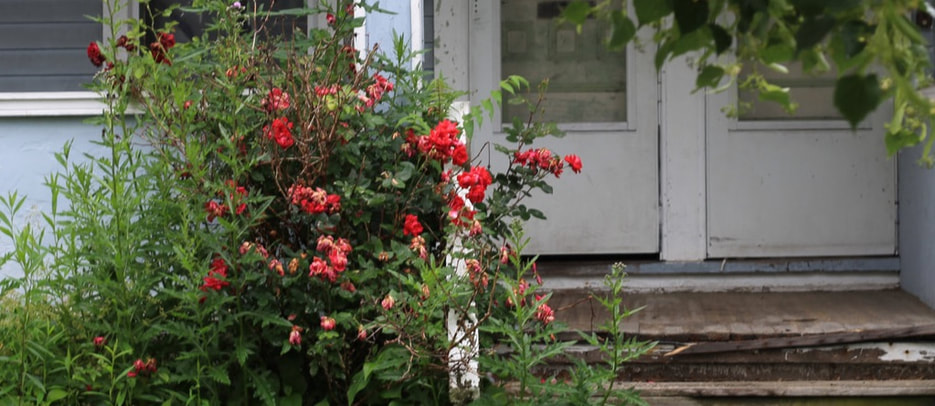
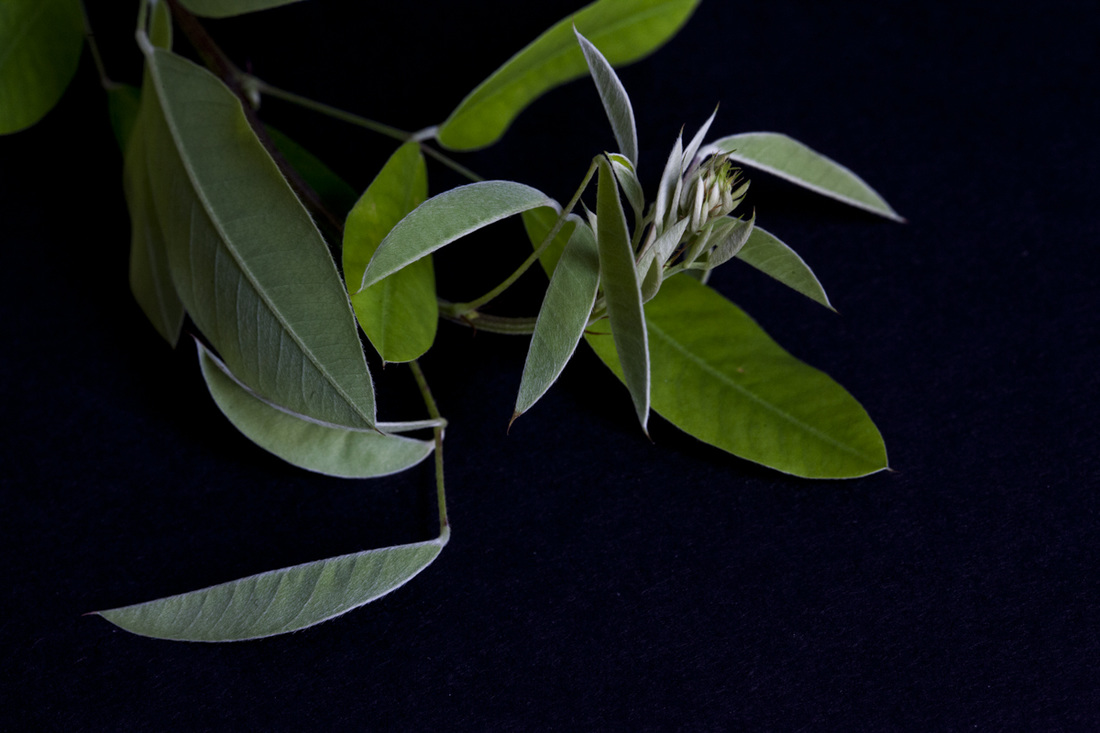
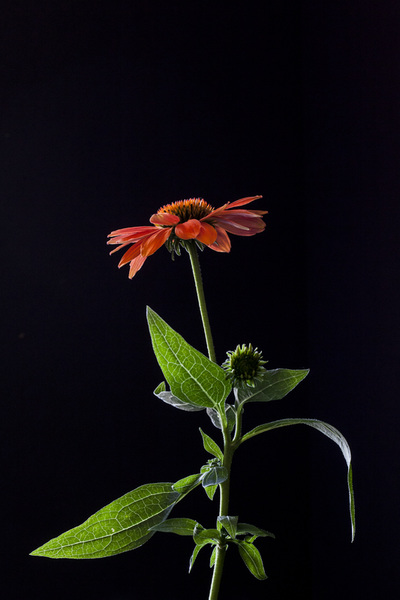
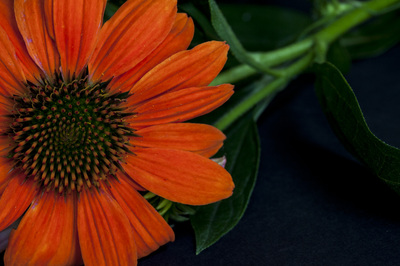
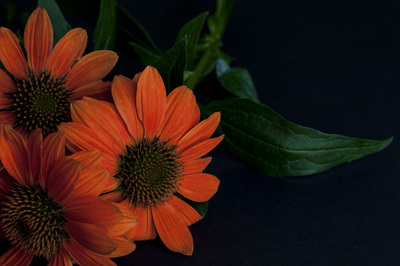
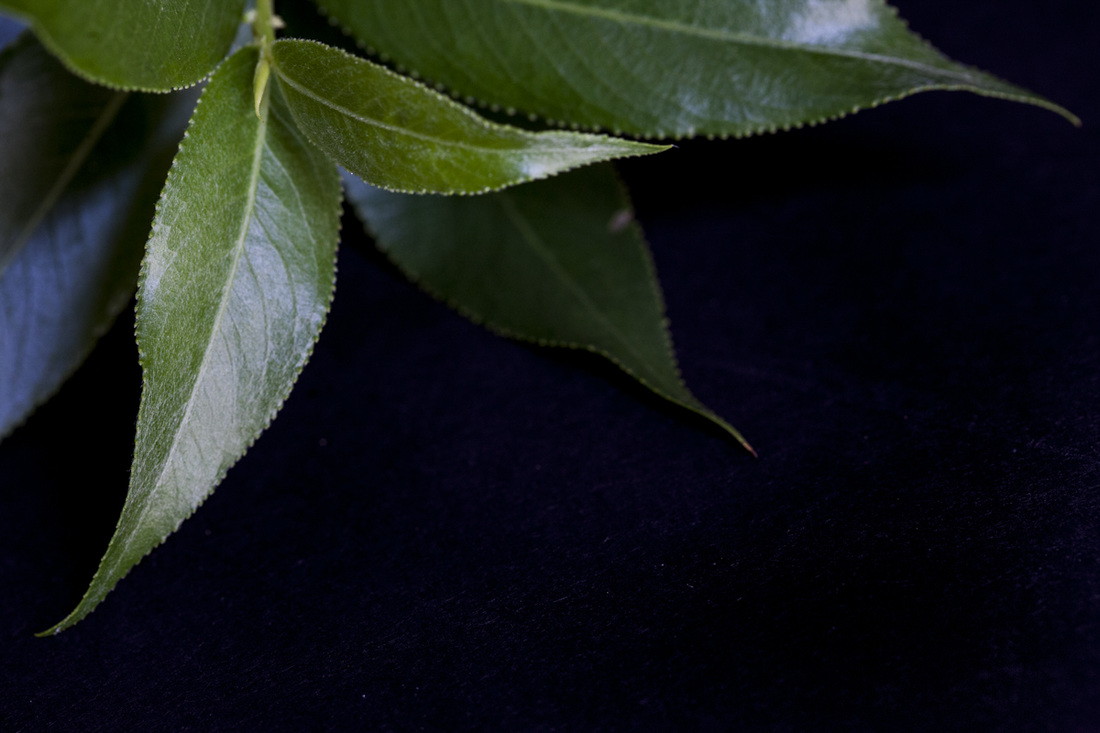
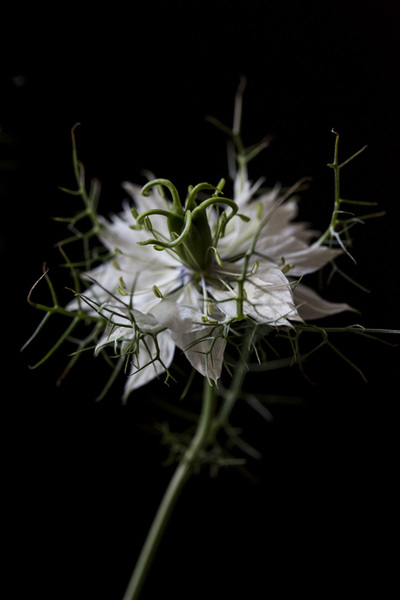
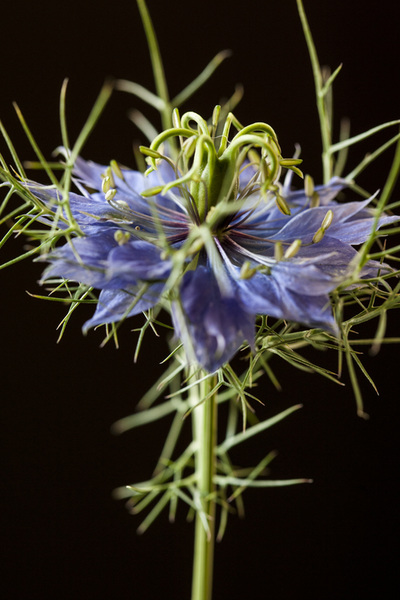
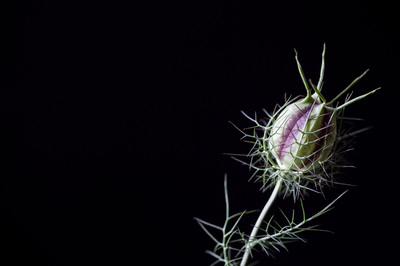
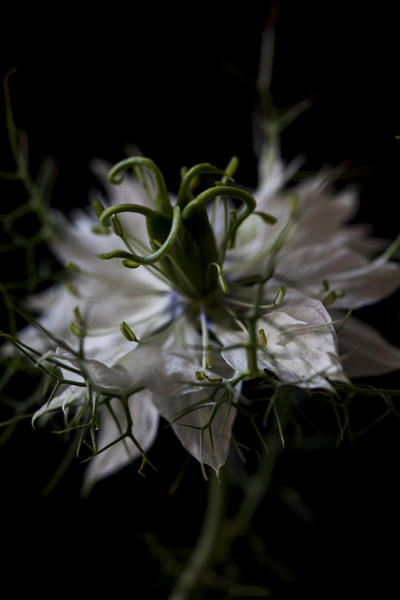
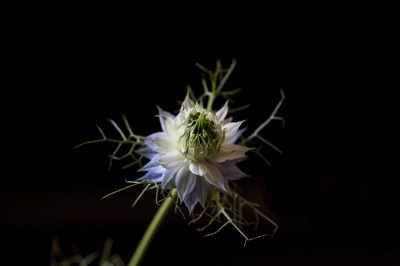
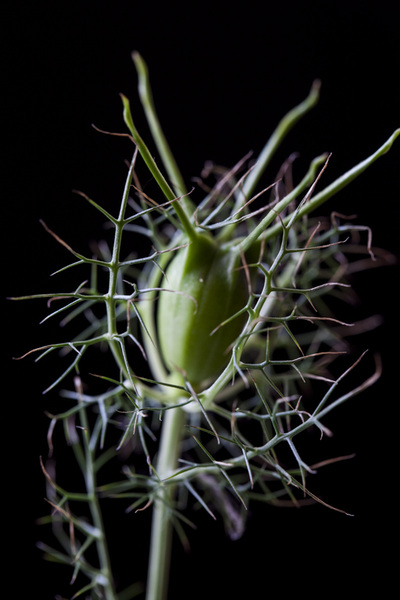
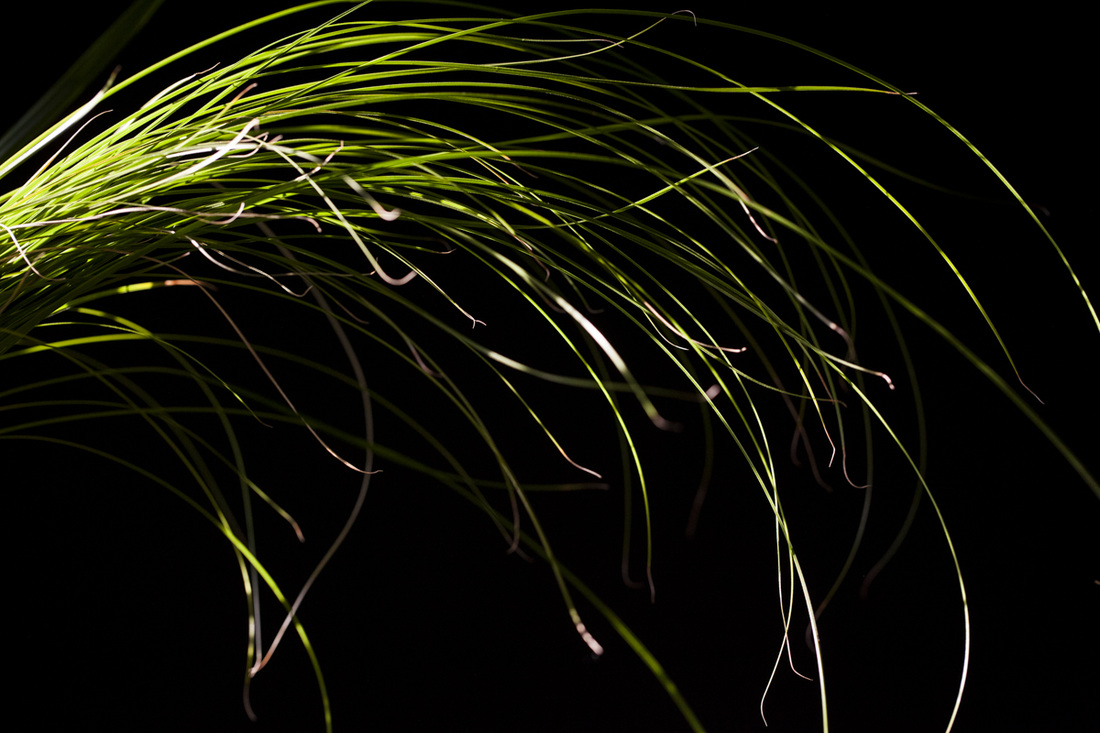
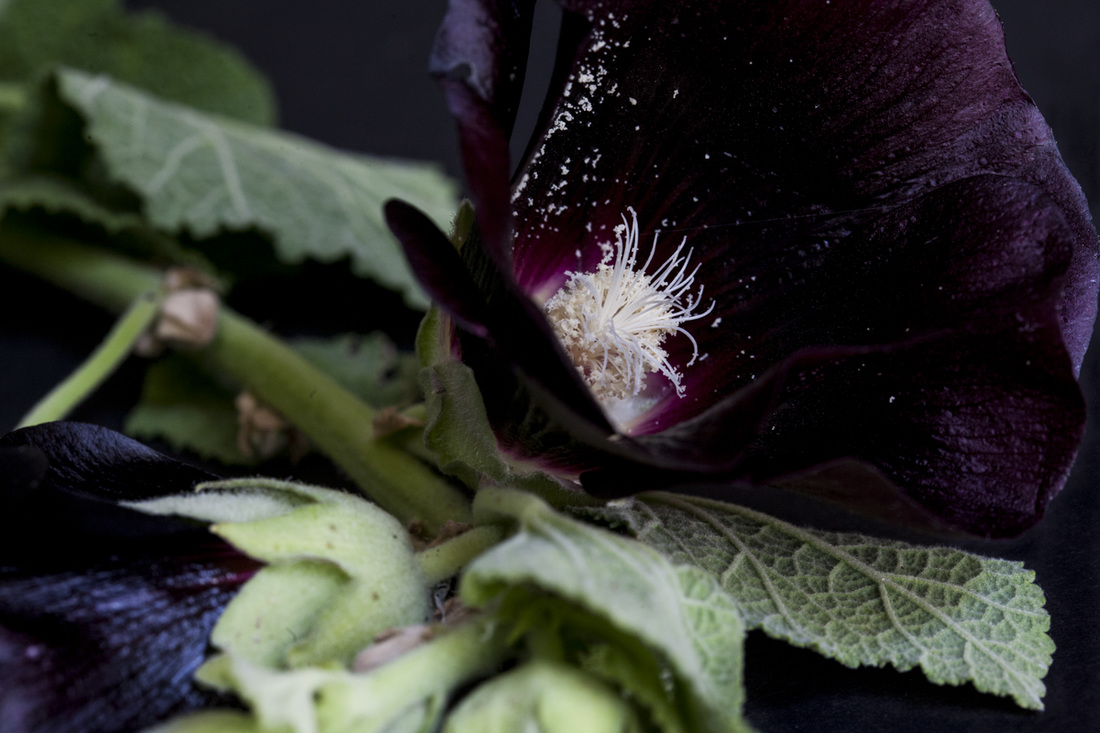
 RSS Feed
RSS Feed